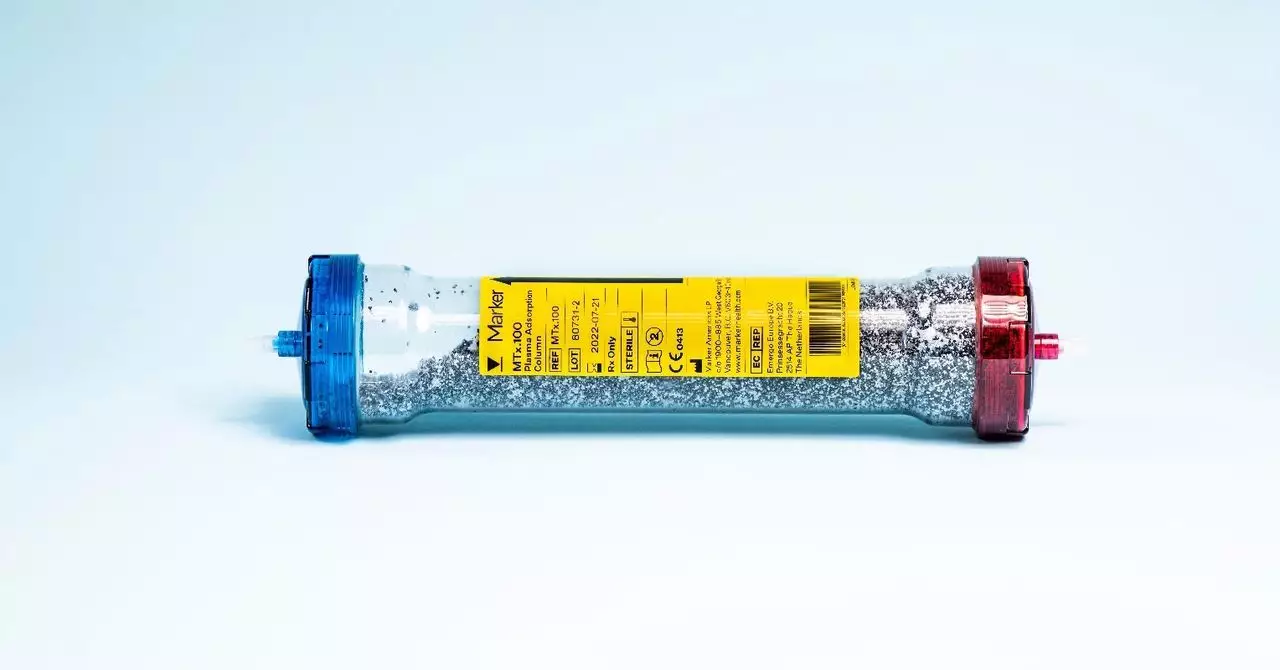Microplastics have infiltrated nearly every element of our environment, permeating the earth and sky, as shown by their presence in both the highest peaks like Mount Everest and the deepest abysses like the Mariana Trench. These tiny plastic fragments are not limited to isolated or remote locations; rather, they have found their way into ecosystems, food sources, and now, alarmingly, into the human body. From human placentas and breast milk to feces and even blood, microplastics are becoming a troubling indicator of our pollution crisis. It is almost an irony that the very fabric of modernity—convenience and functionality—has resulted in microscopic detritus that binds us all.
The Controversial Rise of Detox Clinics
In light of the troubling findings regarding microplastics, wellness clinics have surfaced, promoting treatments that claim to remove these contaminants from our blood. One such establishment, the Clarify Clinic in London, offers procedures that cost up to £9,750 (or $12,636). Patients seeking relief from a myriad of ailments, from chronic fatigue to brain fog, visit this clinic in hopes of purifying their blood of microplastics and other environmental toxins. This service reflects a paradox in our healthcare landscape—while people are desperate for answers regarding potential pollution-related health issues, the efficacy of such treatments remains in the balance.
The process involves drawing blood, filtering it through a machine that allegedly separates microplastics from blood plasma, and returning what is now “cleaned” blood back to the patient. Patients are encouraged to relax during this two-hour ordeal, whether it be through phone calls, watching movies, or even napping. This blend of comfort and health awareness makes the experiences at clinics such as Clarify enticing yet problematic.
The Science Behind the Claims
Despite the growing marketing for blood purification treatments, scientific consensus regarding the health risks posed by microplastics remains inconclusive. A 2022 report from the World Health Organization indicated that there isn’t enough evidence to categorically determine whether microplastics are harmful to human health. This ambiguity leaves room for skepticism over the promises made by detox clinics. Yes, there have been papers tracing microplastics in human tissues, but many do not correlate these findings with real-world health outcomes. This leap from detection to causation is where many wellness businesses may falter, placing profit before proven science.
Moreover, as researchers like Frederic Bén, from the Amsterdam Institute for Life and Environment, emphasize, understanding the precise levels of exposure to microplastics is crucial—not just for determining risk but for understanding the metaphorical dust that lingers in our daily lives. If the prevailing mantra is “the dose makes the poison,” then the focus should shift to quantifying exposure and assessing long-term health implications rather than merely promoting detoxification as the catch-all solution.
The Alarm of Inaction
The notion that microplastics can enter the body complicates the already blurred lines between awareness and anxiety regarding environmental toxins. An increasing number of studies illustrate the biological impact of microplastics, with research pointing to connections between these substances and conditions such as heart attacks and strokes. These findings send a clear yet unsettling message that the implications of unchecked pollution have dire consequences, and the lack of substantive action against pollution could be the real poison.
While individuals flock to detox clinics looking for relief, the broader environmental issue calls for more than just personal cleanses. Legislative measures, corporate accountability, and public awareness play essential roles in tackling the systemic problem of plastic pollution. Until meaningful change occurs, the allure of blood purification treatments might present as a temporary salve for the existential dread tied to our polluted world.
In navigating this multifaceted issue, it is crucial to remain vigilant. Rather than resorting solely to detox treatments, fundamental changes in our consumption and waste management practices must take precedence, or we risk treating symptoms of a fundamentally flawed system rather than addressing its root cause.

